How COVID Continues to Affect the Building Industry
Forecasting, Costs, and Good Design
2020 has been a year like no other. Amidst the challenges, however, the homebuilding and remodeling industry has maintained a pace we didn’t anticipate. While our team of designers here at Residential Designed Solutions is busier than ever, we wonder how long this stride will last. We conducted research to understand the current state of the building industry and what the foreseeable future might hold.
As a builder, you likely are feeling and seeing the same changes we are within the industry. We all want to know what’s around the corner, and what 2021 will bring. A few questions we are pondering: How can we keep costs down through good design, how are the costs of materials affecting projects, and how will building timelines continue to be impacted?
We hope you find the following details useful as you plan for the months ahead and answer client questions. Remember, we are in this together, and sharing the same message with our clients will help us successfully move through these unprecedented times.
Cost of Materials:
In July and August 2020, the cost of goods used in residential construction over the past four months continued to rise. Before that, prices had declined for the previous five months. The cost of lumber itself rose 10.5% in August, as demand continues to soar. Gypsum, ready-mix concrete, millwork, roofing and siding products, steel, and other construction materials are all on the rise, as well. Read the NAHB report here.
The disruption of the supply chain continues to hinder both supply and cost.
“According to NAHB’s standard estimates of lumber used to build the average home, the recent spike in softwood lumber prices has caused the price of an average new single-family home to increase by $14,116 since April 17. Similarly, the market value of the average new multifamily home has increased by $5,322 over the same period due to the surge in lumber prices.” NAHB Eye on Housing Report
The higher cost of materials is making it harder to sign the dotted line on projects. Some builders might be asking themselves if a projected return even makes a project worthwhile.
Building Timelines:
Supply chain disruptions impact building timelines, and there seem to be new disruptions daily. What we can’t purchase and receive in a timely fashion, slows down the whole process.
Home improvement spending could weaken for the rest of the year, due to projected unemployment and lack of stimulus funds.
A backlog of supply orders may finally release in the next few months, which will lessen some restraints on builds.
Homeowners are taking advantage of low mortgage rates and placing increased demands on home remodelers and builders, which can lengthen each project’s timeline.
Delays and shutdowns earlier this year have created a backlog of home construction project start dates.
The building and remodeling industry is facing a shortage of skilled workers like plumbers, electricians, carpenters and masons. This means fewer projects can be taken on at one time.
Heightened safety requirements, as well as social distancing requirements, have created project slowdowns and delays.
Good Design Can Keep Costs Down:
Eliminating custom features or reducing the square footage—even by 100 sq.ft.—can have a big impact on budget line items.
Keep first floor ceiling heights at 9’ to avoid all of the added costs (2x6s, 8’ doors, larger windows, etc.) that occur when they are 10’ and above.
Reduce costs by simplifying complicated or elaborate floor plans, intricate trims or moldings, or custom angles or corners.
Are there more cost-effective materials that can be used? As long as they do not affect quality or design aesthetics, it is something to consider.
Create a preliminary design and check with your suppliers to be sure you’re in line with the budget. If not, try the above tactics to get within budget while not sacrificing the design.
Forecast for 2021:
Reduced construction starts in 2020 likely will create a continued decline in construction jobs over the next few years. Some areas of the country will fare better than others.
Due to the current GDP, the employment outlook, and forecasted shrinking home sales, we expect to see a decline in remodeling projects as well as reduced demand for commercial or industrial buildings.
If the economy continues to weaken, renovations and repair spending will continue to decline. Read the report here.
On the flip side, we could see an increase in single-family home builds in smaller cities and rural areas as people move from high-density areas.
Builders and remodelers will serve themselves well to implement innovations to improve productivity and save money, such as technology platforms integrating all aspects of a construction project.
Improve productivity off-site and during pre-construction, when it makes sense.
Supply disruptions could still be a negative factor as we move into 2021.
As builders, remodelers, and designers, we need to roll with the changes and focus on what we can control. While some aspects of construction will continue to do well , our research indicates other areas may suffer for a while. As we continue to share best practices and communicate industry information, we are hopeful all of us can continue towards success.
If you are in search of a designer, please reach out to us. Our qualified and skilled designers here at Residential Designed Solutions are prepared to create the best design solutions for you and your clients.
More info can be found at the following links:
